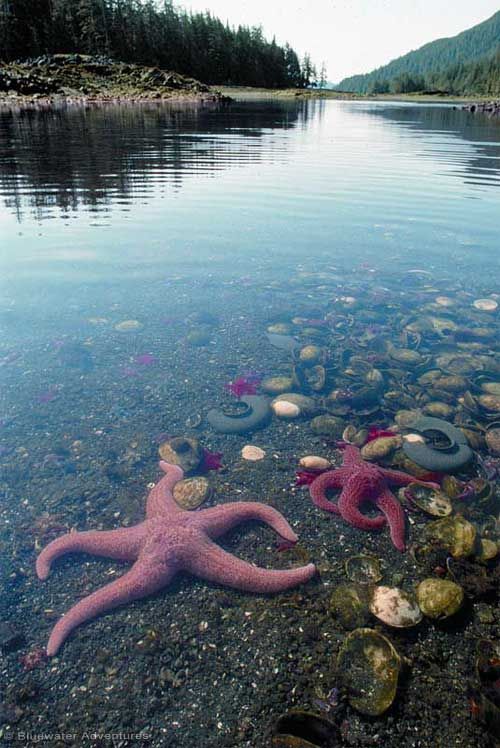Dear Integral Meditators,
We all have a story, or a history. Is your story and the story that your telling yourself helping you or hindering you in your life? How can mindfulness help you to develop a constructive and enjoyable approach to your past? The article below considers these questions…
In the spirit of mindful amnesia,
Toby
 Mindfully dropping (and picking up) your story
Mindfully dropping (and picking up) your story
The heavy bag of our story
For many of us our ‘story’, our past, our history is something that we are carrying around with us all the time. Unless we are careful it can end up like a heavy bag that we never put down, sapping our energy. It can define what we believe we are capable of; filling out mind with what could have been, what we did wrong, what we wish we could change and so on…
You can drop your story
Because we carry around our story so habitually, we can forget that it is possible to simply decide to ‘drop’, or put down our story and to mindfully experience the present moment unburdened by the past.
Conscious amnesia; entering the present by dropping the past
One simple technique I use is to imagine that I have amnesia, I literally can’t remember who I am, what my name is, what has gone on in my past. I enter into the moment with a ‘blank slate’ so to speak, and enjoy the radical way in which my reality becomes simplified.
The joy and strategic value of dropping your story
I find dropping my story on a regular basis allows me to recover my lightness of spirit, my playfulness and ability to connect to the simple joy of the moment as I find it.
I also find it a useful exercise when I am feeling overwhelmed at work or by life. It enables me to strategically re-find my center and, (having dropped my story for a while) to come back to my challenges with greater clarity
Dropping your story and meditative states
Dropping out past offers us the ‘liberation of being a nobody’. Until we drop out past we don’t realize how much our past is defining how we experience ourselves in the present. It also offers a point of entry into the timeless present; that deeper dimension of the present moment that is not defined by our immediate circumstances, and that is always whole, complete and perfect as it is.
Picking up and improving your story
Once we have learned to drop our story, this then invites us to pick up our story again, and deal with it more consciously and creatively. We can approach the events of our past with more care, curiosity, courage and appreciation, rather than feeling burdened by it.
Summary practices
- Notice how you carry around your story and how it sometimes acts as a source of anxiety, limitation and heaviness.
- Realize that you don’t have to carry your story around with you all the time, you can drop it and inhabit the present moment more fully!
- Spend periods of time consciously and deliberately dropping your story, practising ‘conscious amnesia’. Notice and enjoy the freedom and clarity that it offers.
- Pick your story up again mindfully, using its accumulated wisdom to inform your daily life, without allowing its wounds and habits to define and limit your choices and aspirations.
© Toby Ouvry 2016, you are welcome to use or share this article, but please cite Toby as the source and include reference to his website www.tobyouvry.com
Integral Meditation Asia
Online Courses * 1:1 Coaching * Books * Live Workshops * Corporate Mindfulness Training *Life-Coaching * Meditation Technology









